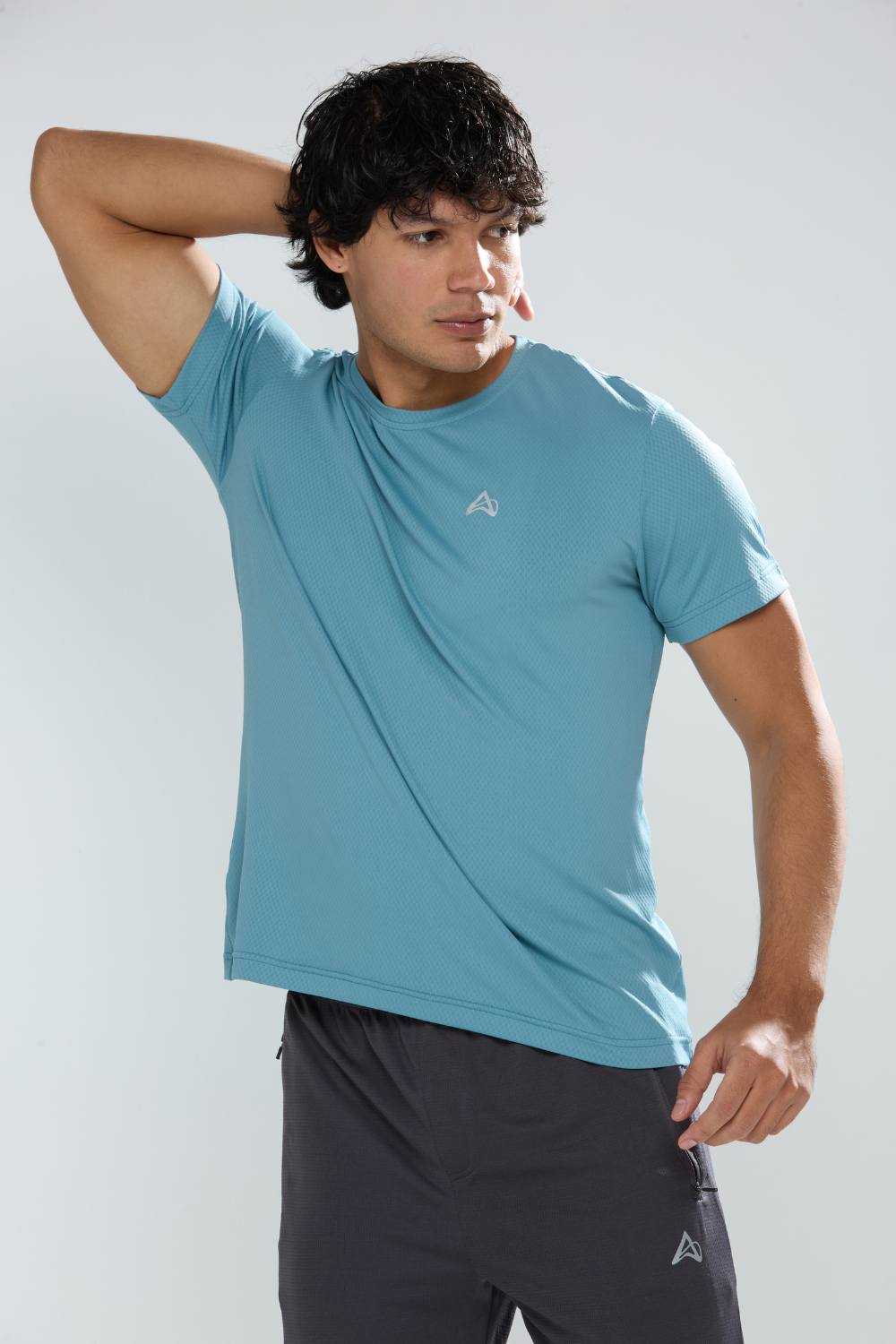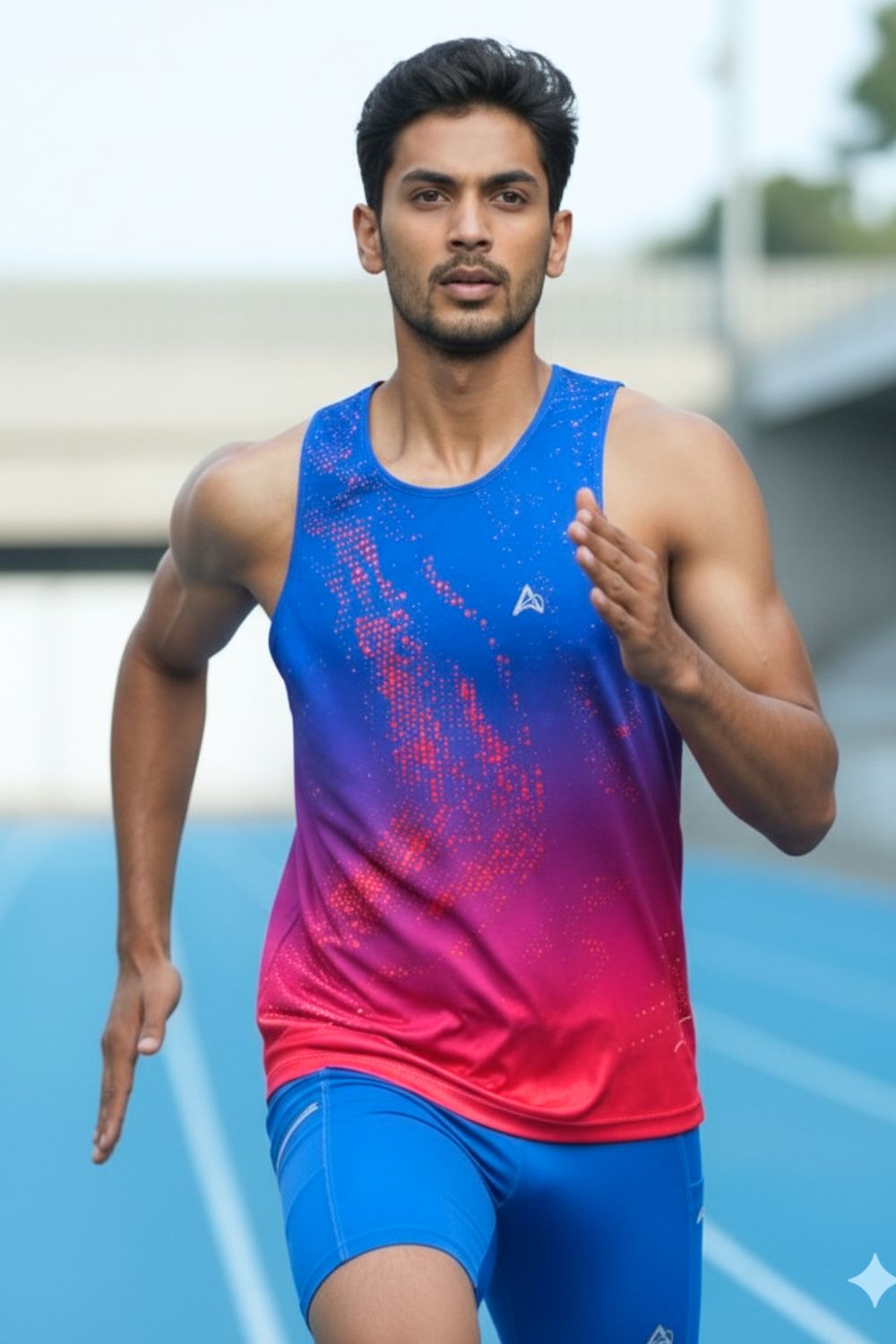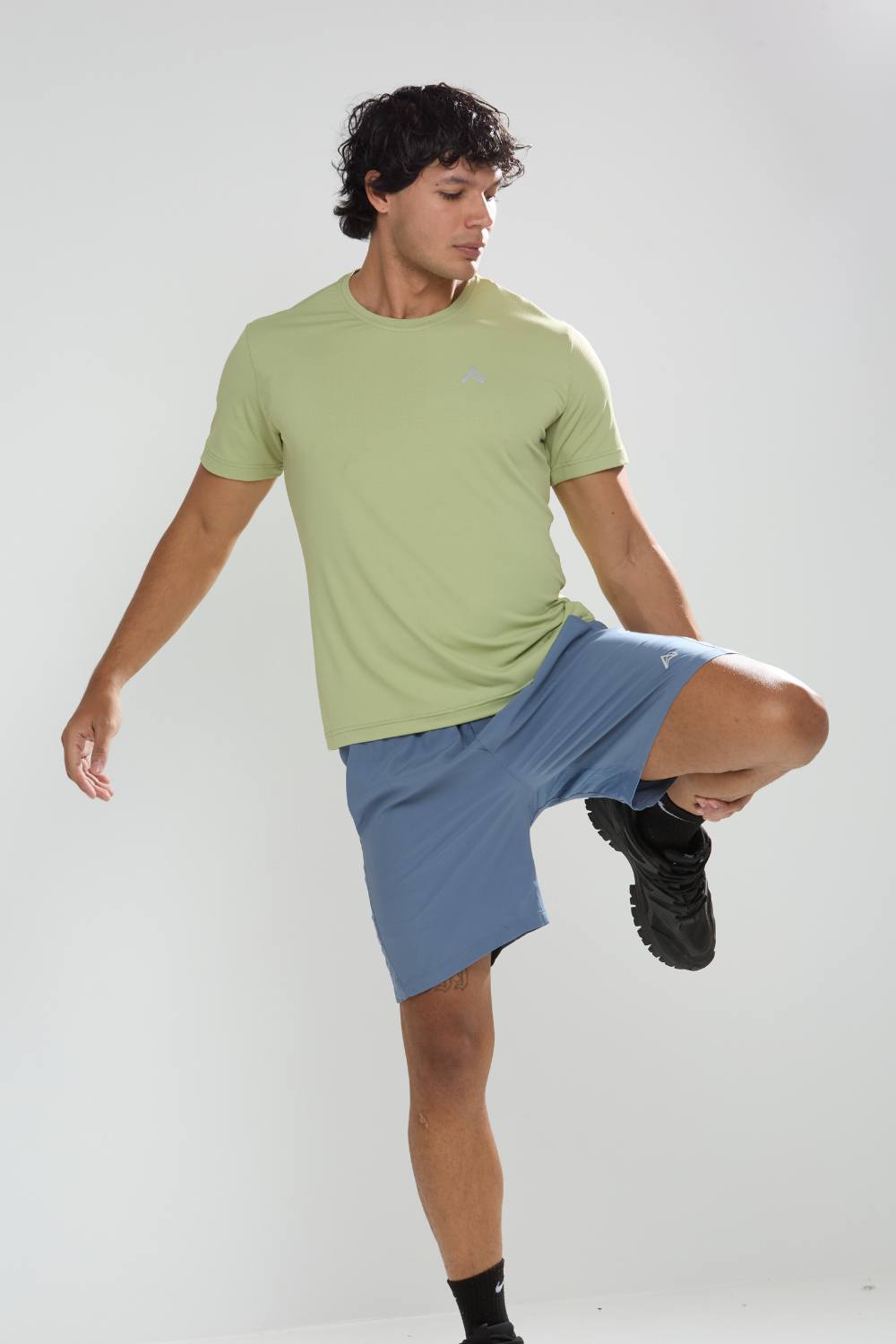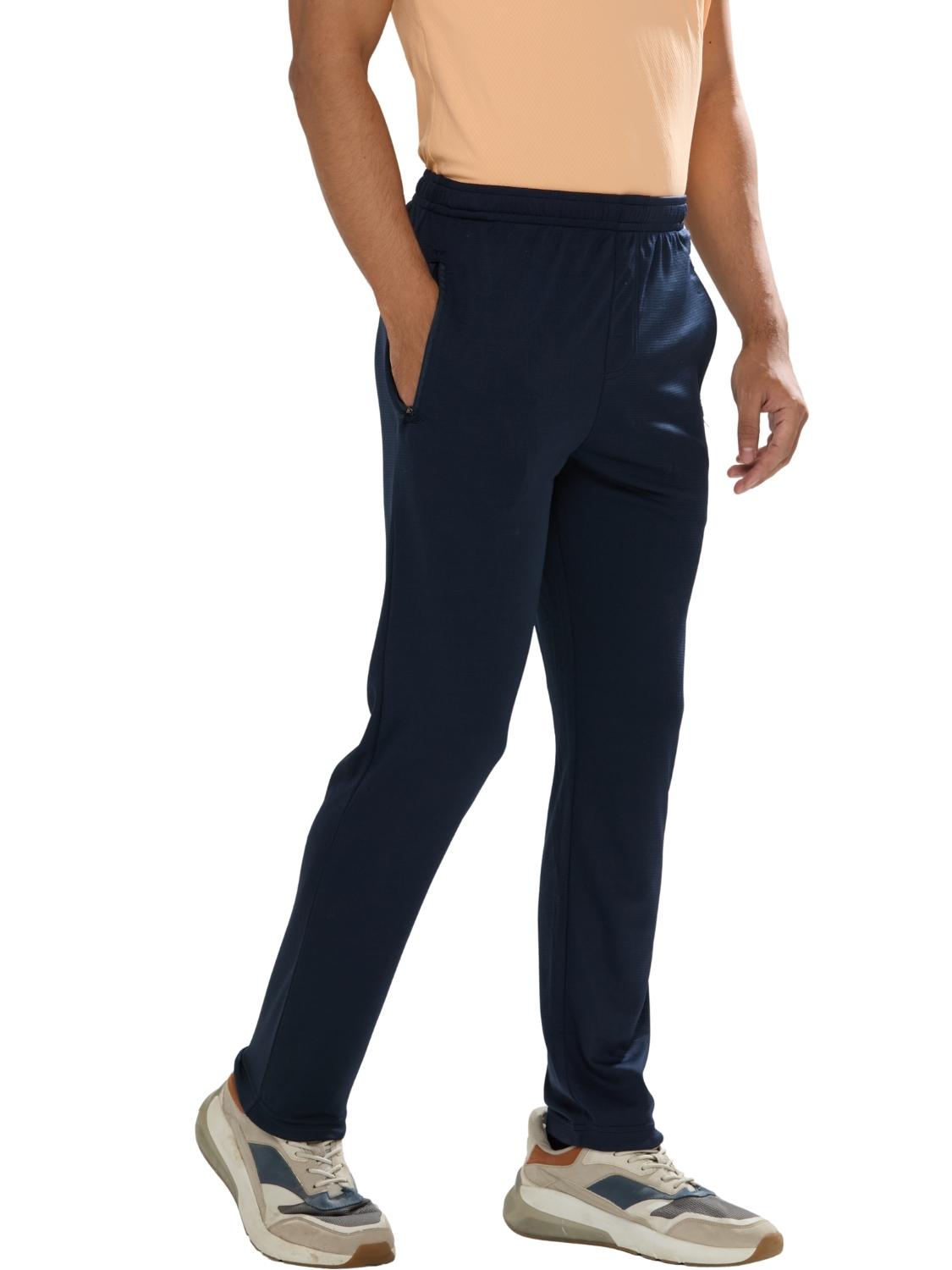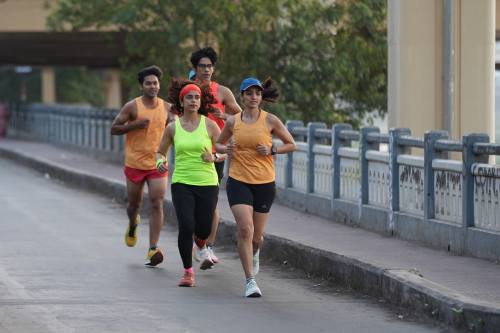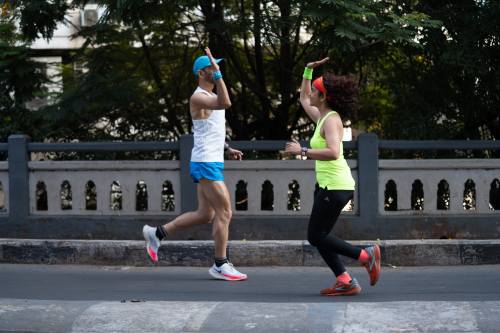Envision starting your day with a brisk run along Bangalore's lively avenues, where the sticky air clings and cracked sidewalks challenge every stride. A single misstep could mean weeks off the track with a stubborn ache. Yet, imagine if your attire could safeguard against such setbacks. Amid a surge in running enthusiasts testing their endurance, optimal design emerges as more than mere ease it's a vital defense. This is the essence captured in Ergonomic Fits Reduce Injury Risks for Runners, an idea resonating with those tired of persistent aches.
Tired of gear that slows you down? Chafing, soggy fabrics, and missing pockets kill your run's momentum. At Aguante, we're runners who get it. Our high-performance activewear features moisture-wicking fabrics, ergonomic designs, and smart storage to keep you focused. Shop Now!
The Escalating Challenge of Running Injuries
Runners cherish the liberation of the trail, yet they're all too familiar with the accompanying discomforts. Issues like shin splints and plantar fasciitis torment even the most committed. In India, blending cityscapes with steamy weather heightens these dangers. Locations such as Hyderabad and Mumbai, featuring jammed walkways and fickle climates, transform routine outings into risky ventures. However, fresh studies highlight a straightforward remedy: ergonomic configurations in shoes and clothing that sync with human movement.
Consider orthopedic footwear, for example. Far from ordinary trainers, these are crafted to bolster muscles and joints, lightening the load on feet that relentlessly strike the ground. Market insights reveal the orthopedic footwear market exceeded USD 4.37 billion in 2024, poised to expand to USD 15.45 billion by 2037 at a 10.2% CAGR from 2025 to 2037. For 2025, it's assessed at USD 5.11 billion. This growth stems from a rising number of individuals facing ongoing ailments and discomfort. These shoes cater specifically to those with foot and ankle irregularities, offering joint and muscle reinforcement to alleviate pain during ambulation or standing. Research indicates that globally, no fewer than one in four seniors experiences foot discomfort.
For runners, this equates to equipment that absorbs shocks and steadies steps, minimizing those unwelcome recovery periods. Digging further, the figures strike close to home. Plantar fasciitis, a frequent affliction among runners, impacts 83% of affected individuals in the U.S. between ages 25 and 65 who are employed, as per a 2022 NCBI study. Though data for India may differ, similarities abound in vibrant centers like Pune or Navi Mumbai, where busy workers fit in exercise around demanding days. Ergonomic adaptations counter this with enhanced padding and backing, enabling consistent training sans the looming threat of swelling or soreness.
Transforming Runs Through Ergonomics
Ergonomics in athletic wear transcends jargon it's precise craftsmanship that echoes bodily dynamics. Picture bottoms featuring linings that ward off chafing amid prolonged efforts in Delhi's scorching summers, or tops with fabrics that draw away sweat in Gurugram's dampness. These elements aren't extravagances; they're critical for averting harm.
Within the realm of orthopedic shoes, market dynamics narrate a tale of robust need. Pegged at USD 3.21 billion in 2023, it's forecasted to rise from USD 3.48 billion in 2024 to USD 7.03 billion by 2032, with a 9.16% CAGR over that span. Catalysts encompass escalating foot and ankle problems such as arthritis and diabetes-linked issues, plus a demographic shift toward older ages vulnerable to these woes. Runners gain from footwear that's not merely cozy but remedial arch-supporting inserts, bespoke shaping for tailored accommodation, all geared toward uniform pressure spread and lessened tension on ligaments and skeleton.
Innovations are pivotal here. Incorporations of intelligent technology and designs tailored for sports are on the ascent, rendering equipment more responsive. In areas like Surat or Ahmedabad, home to group jogs, participants favor labels emphasizing these attributes. The rationale is evident: correct positioning curtails overuse damage, permitting hobbyists to accumulate greater distances without peril.
Ergonomics extends beyond footwear, though. Clothing engineered for particular environments like India's erratic landscapes includes stable compartments that remain secure, luminous accents for visibility in Delhi's predawn mist, and silhouettes validated by genuine runners. This comprehensive strategy guarantees synergy across all items, promoting an uninterrupted session where attention stays on the cadence of footsteps, not irksome irritations.
Moreover, cutting-edge footwear like technologically advanced running shoes (TARS) demonstrates tangible advantages. Studies show that oxygen uptake drops by 3.0 ± 1.5% in TARS versus conventional running shoes (CRS) at speeds around 12.4 km/h. This efficiency boost, seen in both genders among casual runners, ties partly to shifts in lower extremity joint dynamics, such as reduced ankle moments and power in mid-stance. While race enhancements have linked to energy conservation in males, clarity on females and amateurs persists, yet optimizations remain crucial.
Addressing Skepticism for Optimal Output
Doubters may question the merit of these breakthroughs, particularly with major labels overshadowing via glossy promotions. Still, for runners in India, true merit resides in products attuned to regional demands. Absence of noted concerns in typical buyer evaluations points to straightforward adoption athletes seek reliable deliverables sans exaggeration.
Reflect on the online chatter. Channels including Instagram, Facebook, and YouTube brim with accounts from motivators and regular sportspeople. Accounts linked to minimalist trainers or jogging aficionados highlight evolutions: enhanced stamina, diminished harms, courtesy of considerate builds. Amid streams of inspiration, ergonomic apparatus emerges as the pragmatic champion, facilitating extended, secure practices.
Industry directions bolster this narrative. The drive for bespoke shoes arises from heightened consciousness of pedal wellness, bolstered by coverage schemes in certain areas for accessibility. For city residents in focal zones like Mumbai or Bangalore, contending with contaminants and irregular routes, this kit proves indispensable vital for upholding a jogging regimen amidst routine turmoil.
Further, investigations into advanced shoes reveal no notable variances in tibial flexing during support phases, but cumulative tibial damage per kilometer falls by 12 ± 9% in TARS over CRS. This implies that such footwear could permit extended running sans heightened skeletal strain, potentially slashing tibial stress fracture odds. Since the 2017 debut of models like Nike Vaporfly 4%, marked strides in endurance events have surfaced, attributed to these metabolic and mechanical edges.
Tangible Effects on Runners in India
Focus on Hyderabad's roadways, where rainy season pools craft hindrance paths. Ergonomic adaptations excel by delivering ventilation that counters moisture-triggered tumbles. Or in Pune's undulating paths, where non-shifting elements in wear sustain equilibrium and ease articular pressure.
The wider orthopedic landscape emphasizes the imperative. Arthritis tops categories owing to climbing osteoarthritis instances, while diabetes propels need via sore prevention; runners reap secondary gains. Sports-oriented orthopedic footwear, merging efficacy with safeguard, gains momentum, attracting those determined against sidelining by hurts.
It's enveloping the sensation of material syncing with motion, footwear embracing sans restriction. Participants describe empowerment, extending limits amid Navi Mumbai's seaside gusts or Surat's factory auras. This transcends theory; it's the gap between halting prematurely and surmounting that psychological endpoint.
Senior groups command hefty portions, yet leisure runners cross generations, all pursuing superiority. Breakthroughs like pedal liners, leading earnings in 2023 for their buffering strength, illustrate how minor adjustments produce major harm diminutions.
Mechanisms underpinning these perks, though not wholly grasped, involve factors like amplified rigidity TARS exhibit roughly twice the bending firmness of CRS. While impacts on harm pathways warrant further probe, lowered bone burdens hint at safer, prolonged engagements.
Forward Steps: Advancing Toward Secure Jogging
As dusk blankets Gurugram's horizon, runners fasten with assurance, viewing their kit as a partner. Projections gleam: orthopedic sectors swelling swiftly herald a move to preventive care. By 2032 and 2037, valuations of USD 7.03 billion and USD 15.45 billion accordingly depict a realm where harm perils lessen, courtesy of ergonomic acumen.
Nevertheless, the personal aspect prevails. Within a country of tenacious joggers, spanning Ahmedabad's races to Delhi's greens, apt adaptation nurtures not merely security but delight in activity.
Wrapping Up
Thus, on your next pavement venture, recall: ergonomic adaptations transcend fads they're evolutions. Amid India's muggy jogs, they mitigate dangers, elevate output, and sustain zeal. Be it dashing across Mumbai or tempo in Bangalore, adopt the equipment that shields your paces. Ultimately, superior outings pave the way for further adventures.
Frequently Asked Questions
How do ergonomic running shoes reduce injury risk for runners?
Ergonomic running shoes are specifically designed to support muscles and joints by providing enhanced cushioning, arch support, and pressure distribution. Studies show that technologically advanced running shoes can reduce cumulative tibial damage by 12% per kilometer compared to conventional shoes, while also improving oxygen efficiency by 3%. This means runners can train longer distances with reduced skeletal strain and lower risk of stress fractures.
What running injuries can ergonomic footwear help prevent?
Ergonomic footwear is particularly effective against common running injuries like shin splints, plantar fasciitis, and stress fractures. With plantar fasciitis affecting 83% of individuals aged 25-65 in employed populations, properly designed shoes with arch support and shock absorption can significantly reduce overuse injuries. The enhanced stability and cushioning help minimize the repetitive stress that leads to these painful conditions.
Why is the orthopedic footwear market growing so rapidly for runners?
The orthopedic footwear market has grown from USD 4.37 billion in 2024 to a projected USD 15.45 billion by 2037, driven by increasing awareness of foot health and rising rates of running-related injuries. More runners are recognizing that specialized footwear with ergonomic features isn't just comfort it's essential injury prevention equipment. The market growth also reflects the aging population and increased participation in running activities across all age groups.
Disclaimer: The above helpful resources content contains personal opinions and experiences. The information provided is for general knowledge and does not constitute professional advice.
You may also be interested in: How Ergonomic Fit Improves Running Performance: A Deep Dive
Tired of gear that slows you down? Chafing, soggy fabrics, and missing pockets kill your run's momentum. At Aguante, we're runners who get it. Our high-performance activewear features moisture-wicking fabrics, ergonomic designs, and smart storage to keep you focused. Shop Now!
Powered by flareAI.co





